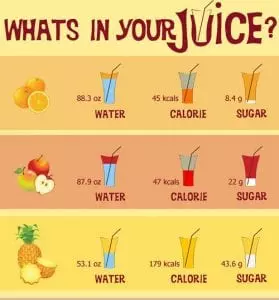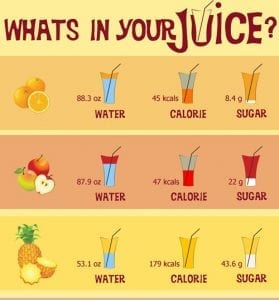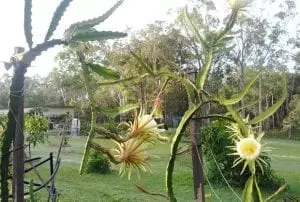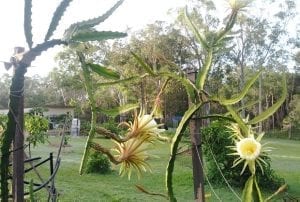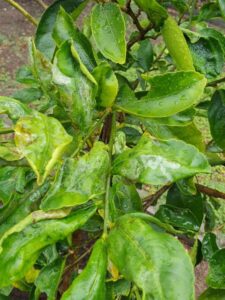The end of the gardening season is always a busy time. Weeding, pruning, pulling out, mulching, mowing…there are so many things to do. For vegetable gardeners, one of the most important jobs is to revitalise your soil for the next growing season, and resting your veggie beds will help with that.
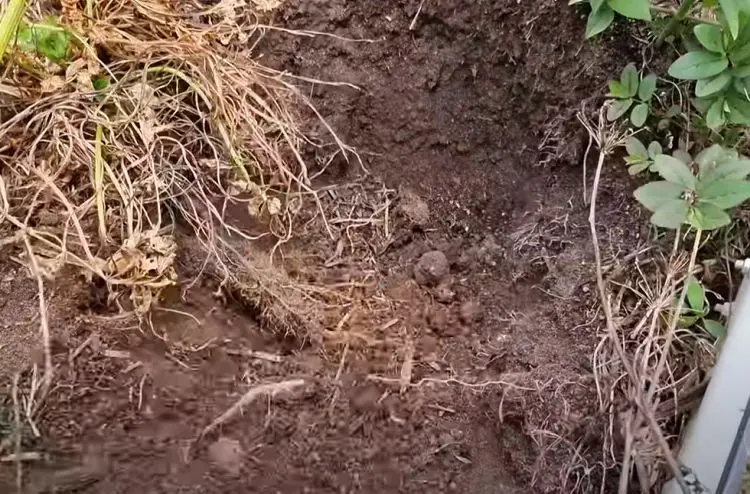
What Does ‘Resting’ Mean?
When it comes to gardening, ‘resting’ means exactly that- letting your garden beds have a break from growing vegetables. Our soil works so hard for us and grows a huge amount of food every year, so it really makes sense to give the soil a break when the weather turns. Winters with a hard freeze or summers with scorching heat and humidity provide a natural break time, but those with mild climates can rest their vegetable beds any time they choose.
What Does Resting Do?
Resting your soil stops it from being further depleted, but resting alone doesn’t replenish any of the nutrients that are vital to vegetable growth. It is important you add nutrition to the soil & rebuild the level of organic matter in it while resting for a better harvest next season. You can read the scientific detail about soil balance here. If you’re troubled by pest damage, resting beds can help by breaking the pest cycle. If bugs have no food, they will move elsewhere.

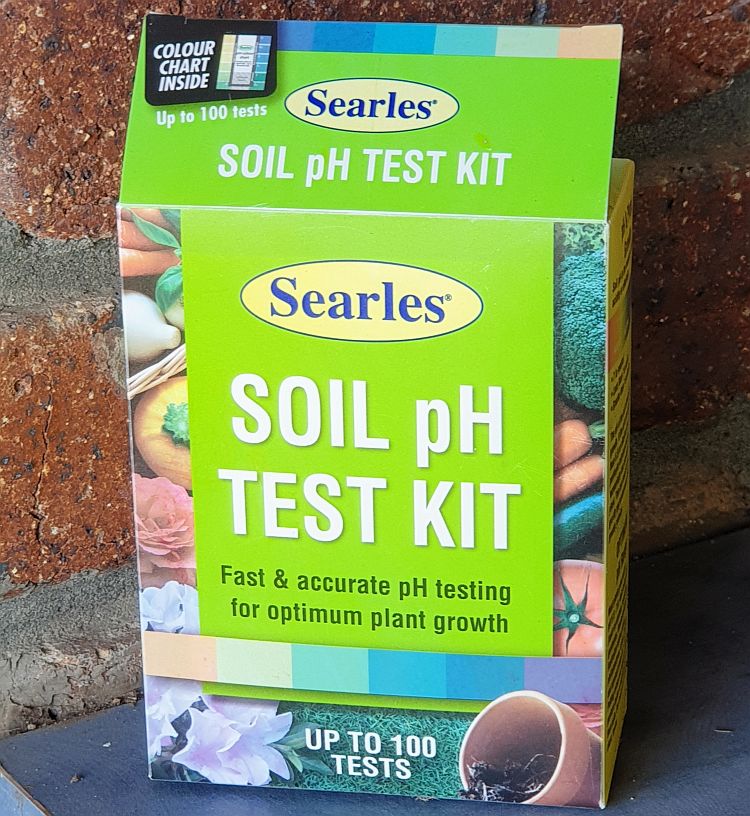
Resting soil is a particularly good idea in a new garden where you’re trying to build good soil health for long-term productivity. In the first few years, it’s wise to test your soil too. Soils used for vegetable growing can become more acidic or more alkaline over the course of a growing season. This can impact your harvests because vegetables need a pH of 5.5-6.5 for optimum growth. Soil pH testing kits are simple to use and readily available from nurseries and hardware stores.
Rest & Revitalise
The perfect time to add nutrition to the soil is while your garden beds are resting. The best way to increase soil nutrition is to add organic matter. This can be done in a variety of ways. You can bury fresh vegetable scraps, add tree clippings, top up with compost, dig in manures and throw on some blood and bone and/or all-purpose fertiliser.

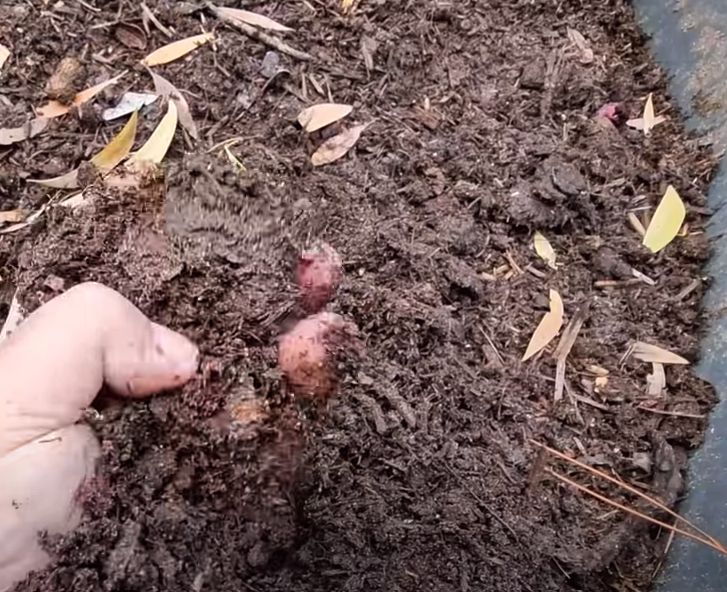
Big animal manures such as horse or cow in particular are a great addition. They provide bulk fill plus improve soil texture & water-holding capacity. Cow manure will have less seeds in it because cows grind up their food more than horses, so there is much less potential for future weed growth if you choose cow manure. All manure needs to be aged (also called rotting down) before use, or it can burn seedling roots which will make for sickly plants. Fresh manure needs at least 8 weeks to rot down. Resting and revitalising go hand in hand when it comes to soil; dig manure and other organic matter in to the soil, then give it some time to take effect.

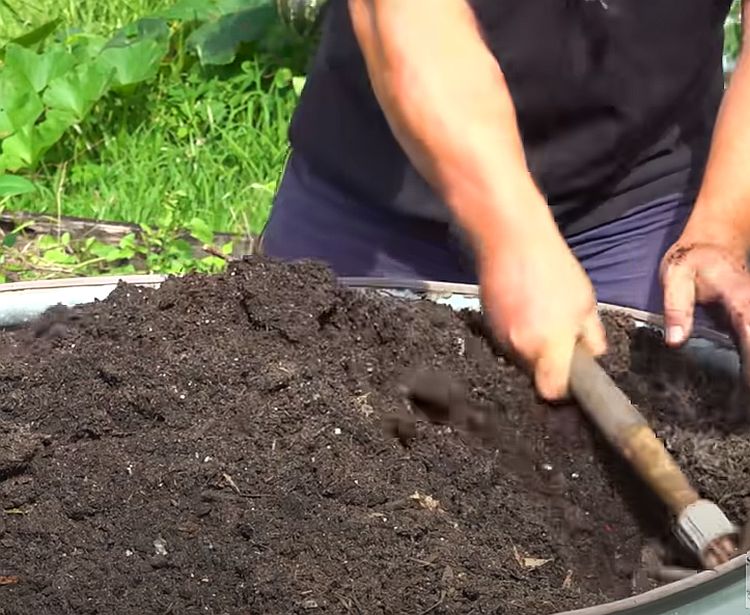
Horse manure in particular can be harsh on young plant roots as it has a high urea content when fresh. Urea needs time to break down into ammonia then into nitrate, which is the form plants need. Additionally, many organic nutrients are not in a form that can be directly absorbed by plants. You need to allow time for the nutrients to be released via mineralisation. Protozoa, bacteria, fungi and worms do this by eating the organic matter. Their enzymes and acids chemically break down and release essential plant nutrients, which again takes time.

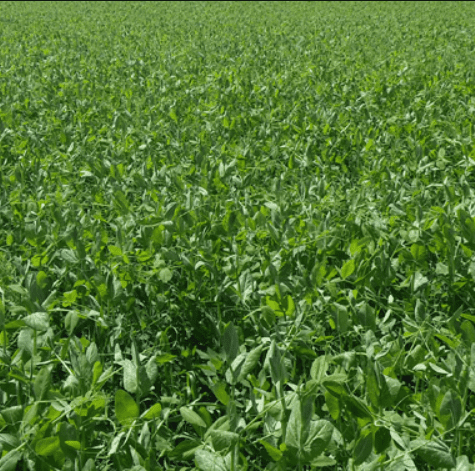
Cover crops are an alternative way to rest and revitalise your soil. They are a fast-growing legume and/or grass that is dug back into the soil in order to add organic matter and nitrogen. A cover crop, also known as a green manure, will increase water retention, stabilise soil structure and break and pest cycle issues. You can dig it in with wood chip, manure or other fertiliser if you like.
One Last Thing…
Once your garden beds are cleared, fertilised, and ready to rest, there’s just one more little job….cover them! No soil likes to be exposed, and why give weeds a chance to establish unnecessarily. A simple sheet of cardboard or layer of mulch will do the job. Don’t forget to keep the soil moist, too, so the microfauna can do their jobs while you put your feet with a well-earned drink. Happy gardening!

